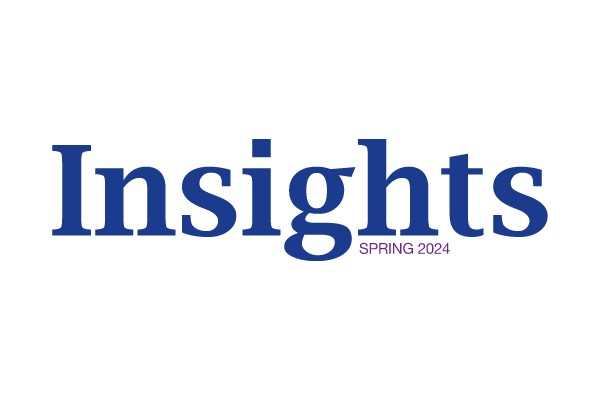Important facts about CPP changes and you.
Canada Pension Plan Crib Sheet
July 12, 2016 – Ask the experts, and they’ll tell you – for the most part, the changes to the Canada Pension Plan outlined June 20th were not made with members of the education community in mind. No. The changes were primarily meant to help Canadian workers who don’t have workplace pensions save for their retirement.
That doesn’t mean you won’t be affected. Let’s take a look at the major changes, and what they could mean to you:
- the rate of income replaced in retirement will increase from one-quarter to one-third. The maximum receivable will increase from $13,000 to $17,478;
- increased premiums by 1% will be phased in over seven years, starting 2019;
- the maximum amount of income subject to CPP will increase to $82,700 in 2019;
- the refundable tax credit will be expanded; and,
- the new portion of employee contributions to CPP will be tax deductible.
“Although members of the education community may not have been the prime targets for the changes to CPP, the changes will impact their savings and retirement plans, and they should talk to their advisor about how to make the most of them”, says Darryl Martella, Educators’ Senior Financial Advisor.
Impact #1 to you: less cash flow
Education members need to be aware of their cash flow. There are the expenses of your long, lovely summer to consider, as well as the possibility of other salary disruptions.
An Educators’ advisor can help you develop strategies to maximize your cash flow. These could include establishing a budget, or reducing the interest you pay on any debt by consolidating with one, low interest line of credit.
Impact #2 to you: your retirement savings plan should be reviewed.
The maximum amount of income subject to CPP has increased to $82,700, and benefits will rise to a maximum of $17,478, which will be good news to many education members. But this could affect your current retirement savings plan, which should be designed to maximize the tax benefits of your possible gratuities, Registered Retirement Plan, and Tax Free Savings Accounts. Talk to a financial advisor about the possible impact to your saving plan.
Impact #3 to you: working part-time after 60.
Thinking of working part-time in retirement? It is simpler to collect CPP benefits now. At age 60 you’re no longer required to stop work (or substantially reduce your earnings) for two months in order to collect CPP. (But if you’re under 65, you and your employer will have to make CPP contributions; they’re not optional.)
The good news is that by continuing contributions you’ll increase your pension benefits at the same time you’re collecting CPP payments. In the end, combining your CPP and a part-time pay can generate a full-time income without the full-time hours.
In addition to the changes starting 2019, there’s another which kicked in this year, but which you should know about if you plan to retire earlier than most Canadians (like a lot of education members do). The reduction in CPP benefits if you retire early has increased from 0.5% per month (5% per year) to 0.6% per month (7.2% per year). As a result, a CPP pension that starts at age 60 is now 36% less than if it starts at 65.
Since your OTPP and/or OMERS are integrated with CPP, stay tuned for more information on how these changes will impact you.
Your retirement savings are a critical part of your financial plan. Speak to an Educators’ Financial Specialist about your unique situation today.
More information on the upcoming changes to the Canada Pension Plan available here.


